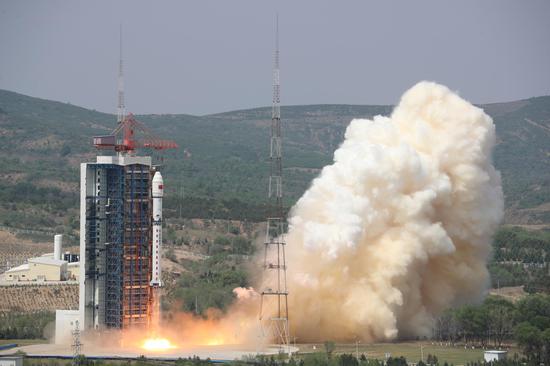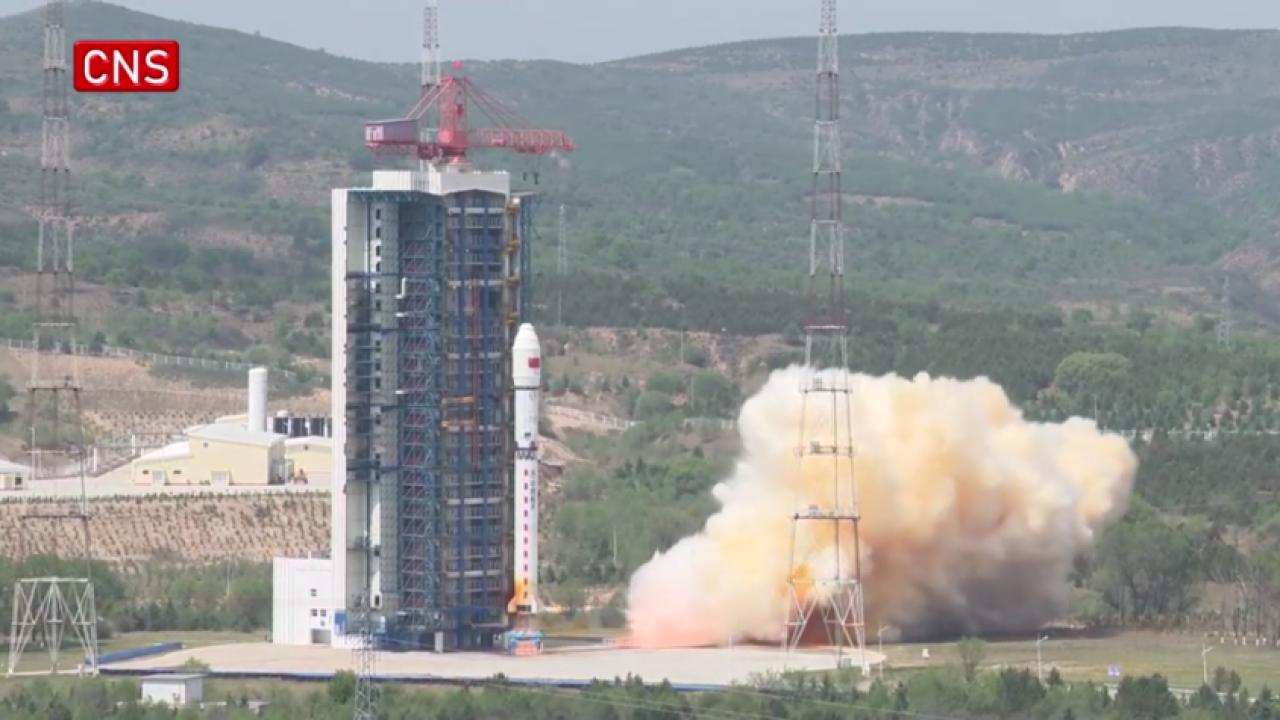(ECNS) -- The first batch of scientific detection results made by a self-developed mid-latitude high-frequency radar network in northern China was released during an international workshop of the Super Dual Auroral Radar Network (SuperDARN) on Monday, marking a breakthrough in the country's high-frequency coherent scattering radar technology and scientific research.
The network consists of six-high frequency coherent scattering radars in three northern regions, including Jilin Province, Inner Mongolia Autonomous Region and Xinjiang Uyghur Autonomous Region. The detection range can reach 4,000 kilometers from south to north, and 12,000 kilometers from east to west, covering the vast northern Eurasian sector at 40 degrees to 80 degrees north latitude.
The high-frequency network is expected to greatly improve SuperDARN's ability to determine the global ionospheric environment and provide high-quality data for global space weather forecast and warning.
Construction of the radar network was completed in October 2023 and passed Chinese Academy of Sciences process acceptance. It's also a part of the second phase of China's Meridian Project, a space weather monitoring network comprising ground-based stations.
The SuperDARN is an international cooperation organization with more than 30 high-frequency coherent scatter radars from more than 10 countries around the world. It achieves continuous monitoring on the global ionospheric environment through the high-frequency coherent radar deployed around the world and realizes real-time data exchange and sharing.


















































 京公网安备 11010202009201号
京公网安备 11010202009201号